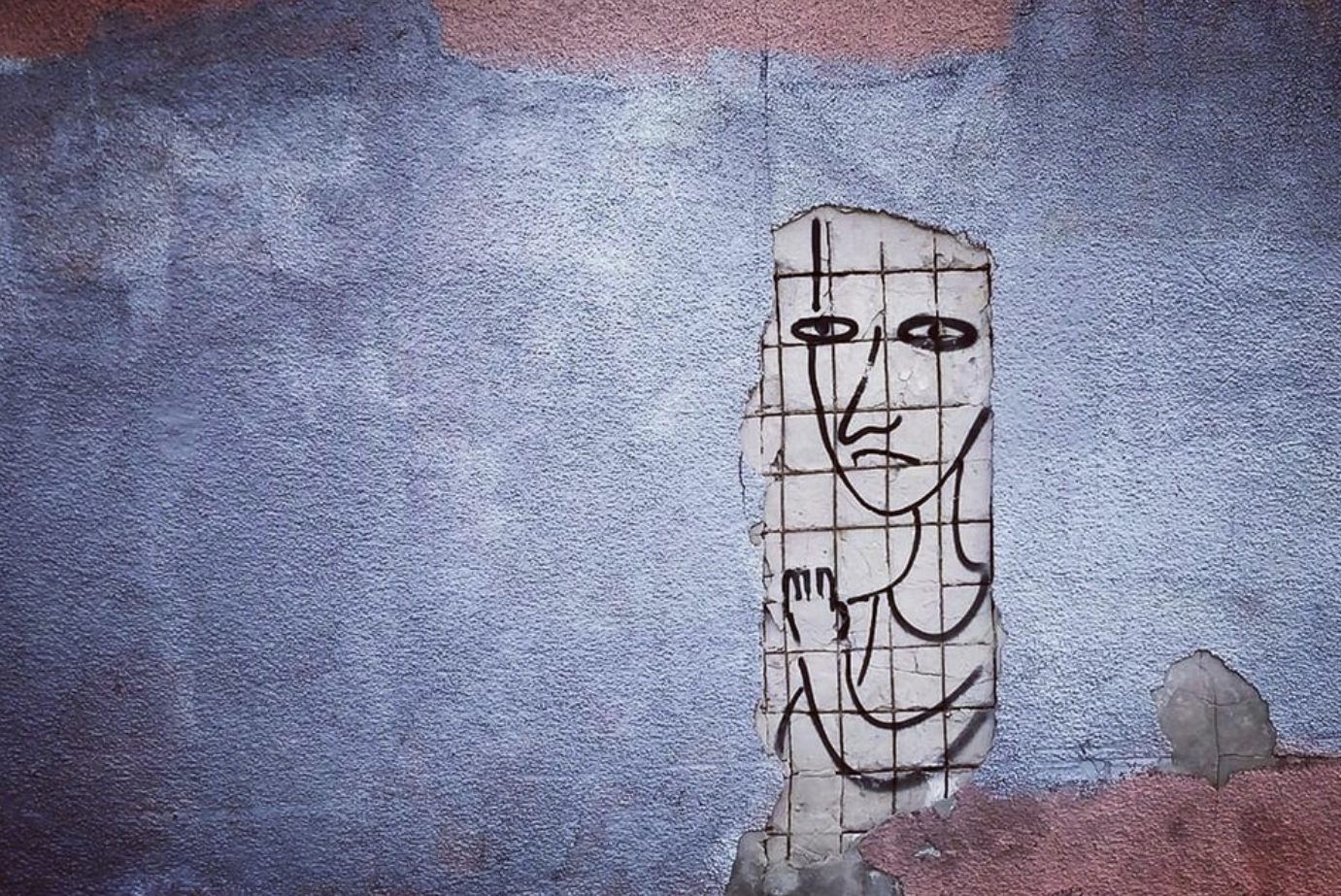
LGBTQI+ victims of human trafficking
Human trafficking can take many forms and encompasses a wide variety of victims; however, the sexuality and gender of said victim is usually to be assumed from the get-go: heterosexual and cisgender. Due to the sensitive nature of sexual/gender identification, concrete data on LGBTQI+ victims of trafficking are far and few in between as victims fear repercussions for disclosing their identity. It is known, however, that LGBTQI+ persons, as a result of their identity, are doubly vulnerable to situations of trafficking. Transgender and nonbinary people especially are vulnerable to exploitation: employment opportunities are slim for those identifying outside of the traditional gender binary and traffickers actively know this. For that reason, many actively seek out trans and nonbinary victims, as they know they have few alternatives to turn to.
It’s important to have this context when considering victims of trafficking, especially when discussing the options available to them post-victimization. It’s already difficult to take the first step to seek assistance, which puts a victim in an incredibly vulnerable position, recounting all the abuses and human rights violations they have suffered. This process is even more complicated when adding diverse sexualities/gender to the equation, as health professionals in the area may not be properly sensitized to issues that LGBTQI+ victims face. For example, let’s examine a hypothetical case of a trans person who was a victim of trafficking. Prevailing cultural stereotypes and stigma essentially relates their victimization to their gender identification, leading to hyper sexualization and victim-blaming. More often than not, necessary service personnel and professionals lack the proper training and sensitization to engage with these victims, putting the victim in a situation that makes them vulnerable to transphobic language and behavior.
Taking all of the obstacles facing LGBTQ+ victims of trafficking currently, we offer a few recommendations when thinking about victims of human trafficking:
- There is no “typical victim” of trafficking; victims are varied, come from various backgrounds, and need specialized services according to these different backgrounds. Work to combat this kind of thinking when confronted with situations of trafficking.
- Assuming that all victims of trafficking are heterosexual and/or cisgender makes invisible those victims that identify outside of the traditional sexuality/gender spectrum; take steps to combat this kind of heteronormative behavior. It can start from changes in day to day thinking and work up to more complex situations.
- The stigma surrounding LGBTQI+ victims of trafficking will only face a significant challenge if, at the individual level, people speak openly about LGBTQ+ issues in a respectful and dignified way. Attempt to challenge the homophobia and transphobia that you encounter in your life and daily interactions.
- Work to incorporate more inclusive language when speaking about victims of trafficking; using pronouns like they/them instead of more gendered pronouns allows for trans and nonbinary victims to feel like their cases are taken seriously.
- To Migration/Trafficking Specialists: Please consider including presentations on LGBTQ+ victims of trafficking in your trainings, as services to these victims differ from those victims who identify within the traditional gender/sexuality spectrum.
Heteronormative behavior and thinking will not disappear overnight. It is a long and arduous process and it is most certainly not linear in progress; however, if you work to combat these behaviors daily, you’ll begin to see a significant change in how you view the world generally and how you view trafficking victims more specifically.
Read more here.
